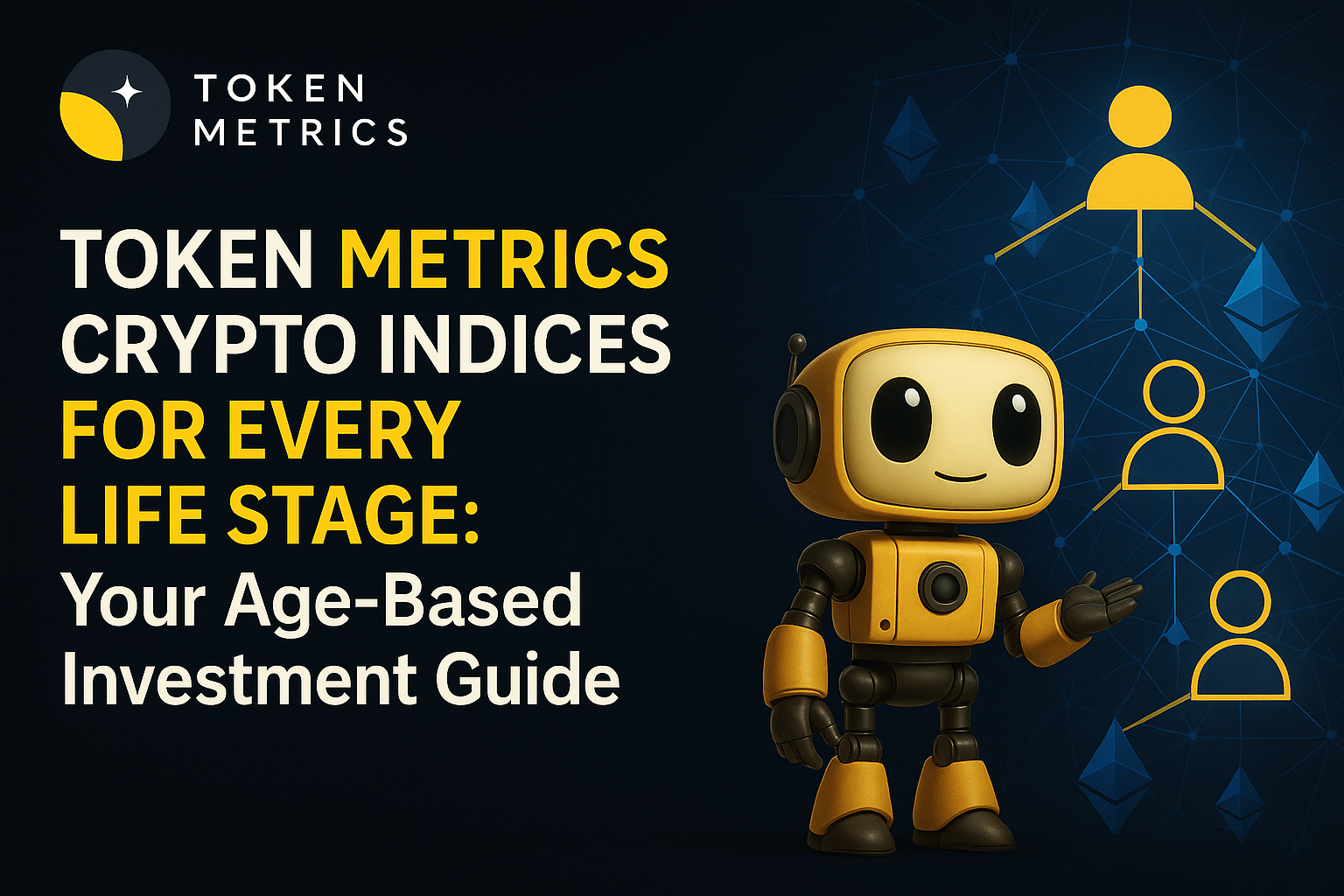
What is Web 3.0? Web 1 vs Web 2 vs Web 3 | Explained

If you're wondering what is Web 3, this is the place to be.
In this article, we'll learn more about the evolution of web over time, and what's next.
Evolution of Web
Being around for 3 decades, the internet has gone through multiple stages of evolution. With each evolution comes new tools and applications relevant to modern-day users, leading us to Web 3.0.
The first generation of the web is called Web 1.0. As the earliest version of the internet, it is known as the “read-only web”. As its name implies, web users can look up facts and information and read upon it. Websites were basic and had very limited functions.
When it comes to Web 1.0, there is a lack of interactions that takes place between online internet content and internet users. Sites are not interactive and there are no contributions, alterations, or impacts that can be made by the average website visitor. Most common from the 1990s to 2005, Web 1.0 connected information with users.
This lack of interaction made Web 1.0 flat and stationary. As the name suggests, “the read-only Web” lacks the forms, visuals, controls, and interactivity we enjoy on today’s Internet. The developers of Web 1.0 sites typically build their sites and develop in text or graphic format.
Static websites and personal sites would be considered part of Web 1.0. Unlike today where many websites aim for high traffic and user return rates, content distributed on Web 1.0 may be useful but does not give people a reason to return.
Web 3.0, also known as the semantic web, is the current stage of the evolution of the web. It is characterized by the use of artificial intelligence and machine learning to create a more intuitive and personalized web experience.
Web 3.0 also enables the integration of data from multiple sources and the creation of intelligent, self-learning systems that can understand the meaning and context of information on the web. This stage of the web is still in development, but it promises to bring significant advancements in terms of user experience and the ability of the web to connect and analyze data.
Web 3.0 – The New Internet
The future stages of the internet will be built on public blockchains. Blockchains are distributed databases that are shared among a number of computer networks. Web 3.0 is decentralized, which means there is no central authority. This is possible because with Web 3.0, information is stored in multiple locations concurrently.
Additionally, because it is trustless and permissionless, anyone can interact with the web without permission from a middleman. This gives users the freedom to interact with the web privately or publicly without having to trust a middleman.
With Web 3.0, individuals finally have the ability to own and govern parts of the internet, rather than relying on companies like Google or Facebook to access it.
Web 3.0 is still very new, and we have not even come close to unlocking its full potential. Characteristics of Web 3.0 can already be seen in blockchain games, the Metaverse, and decentralized finance.
In short, Web 3.0 allows users to interact, exchange information, and securely facilitate different types of transactions without a central authority, which means that Web 3.0 users become content owners rather than just content users.
Advantages of Web 3.0
Web 3.0 offers several key benefits to users, including:
- Ownership and control of personal data and information: In Web 3.0, control and access to personal data and information is returned to the user. This means that users will have complete ownership and control over their data, while still being able to share it on a permission-based or case-by-case basis.
- Access to information from anywhere: One of the main benefits of Web 3.0 is the ability to access data and information from anywhere, using only a smartphone or computer. This technology aims to expand on current ideas and allow devices to collect and share user data, making it more widely accessible.
- Elimination of centralized control: Web 3.0 and blockchain technology allow for the creation of decentralized networks, where data is fully encrypted and unmodifiable. This eliminates the need for intermediaries, such as large companies or governments, to control user data.
- Permissionless blockchain technology: In Web 3.0, anyone can create an address and interact with the blockchain network with complete privacy and security. This means that users are not required to go through any kind of verification process, such as KYC checks, in order to access and use blockchain services.
- Constant availability of services: The use of decentralized networks and encrypted data storage in Web 3.0 means that services are less likely to be suspended or disrupted. Since there is no single point of failure, service disruption is minimized and users have constant access to their data.
Disadvantages of Web 3.0
However, there are also disadvantages to Web 3.0, including:
- Potential for increased cyber attacks: Decentralized networks and encrypted data storage make it more difficult for hackers to access and modify user data. However, this also makes it more difficult for security experts to detect and prevent attacks.
- Need for infrastructure changes: In order for Web 3.0 to be fully adopted, significant changes to current infrastructure will be necessary. This includes changes to network protocols and the development of new software and hardware.
- Early stage of development: Web 3.0 is still in its early stages of development, and has yet to be widely adopted. This means that there are still many challenges and uncertainties associated with the technology.
- Lack of understanding and education: Many people are not familiar with the concept of Web 3.0 and the benefits it offers. This lack of understanding can make it difficult for the technology to gain widespread acceptance.
Key Takeaways
The development of Web 3.0 represents a significant advancement in technology, offering users the ability to read, write, and own data and information. This technology is still in its early stages, but has the potential to break into other industries and change the way we think about data and information ownership. While there are benefits to using Web 3.0, there are also risks involved.
It is up to individuals to determine whether the rewards of using this technology outweigh the potential drawbacks. Overall, the development of Web 3.0 is a major event in the history of modern technology.

.svg)

Create Your Free Token Metrics Account

.png)




%201.svg)
%201.svg)


%201.svg)









.svg)




.png)